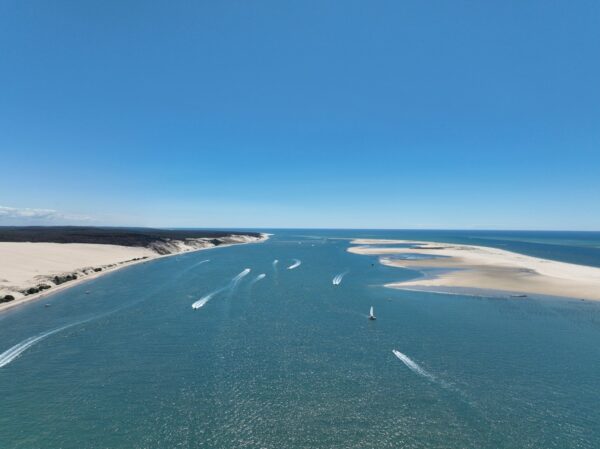A new Nature Restoration law has been adopted which sets a target for the EU to restore at least 20% of the EU’s land and sea by 2030 and all ecosystems in need of restoration by 2050.
The law received 329 votes in favour, 275 against and 24 abstentions, a margin larger than initially expected. The outcome prompted applause and cheers from socialists and green MEPs.
“We are relieved that MEPs listened to facts and science, and did not give in to populism and fear-mongering,” WWF, BirdLife Europe, the European Environment Bureau (EEB) and ClientEarth said in a joint statement. “Now, we urge member states to follow suit and deliver this much-needed law to bring back nature in Europe.”
To reach the overall EU targets, member states must restore at least 30% of habitats covered by the new law (from forests, grasslands and wetlands to rivers, lakes and coral beds) from a poor to a good condition by 2030, increasing to 60% by 2040, and 90% by 2050.
In line with Parliament’s position, EU countries should give priority to Natura 2000 areas until 2030. Once in a good condition, EU countries shall ensure an area does not significantly deteriorate. Member states will also have to adopt national restoration plans detailing how they intend to achieve these targets.
European objectives
The European Nature Restoration Law seeks to restore species populations by improving and extending their habitats. To achieve this, specific targets have been set for pollinating insects, forest ecosystems, urban ecosystems, agricultural ecosystems, marine ecosystems and river connectivity.
For example, under the proposal, at least 25,000 km of waterways will have to become free-flowing again.
However, an “emergency stop” clause had been included in the text to allow the targets for agricultural ecosystems to be suspended in exceptional circumstances.
The text will now go to the Council, where member states will hold the final vote. Further information can be read here.
